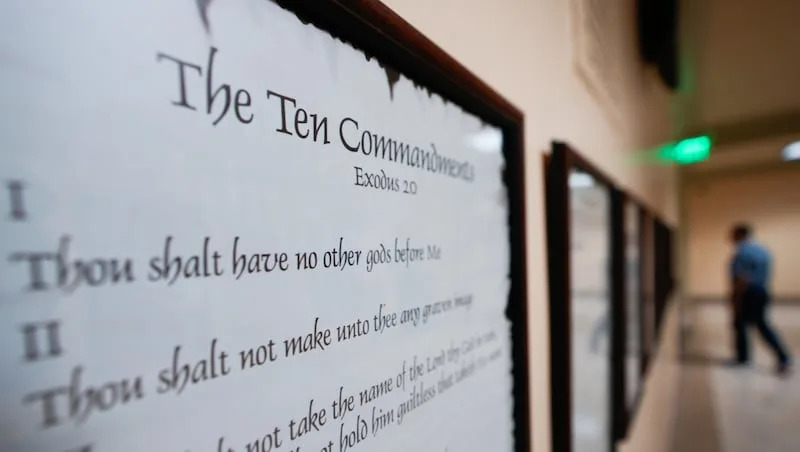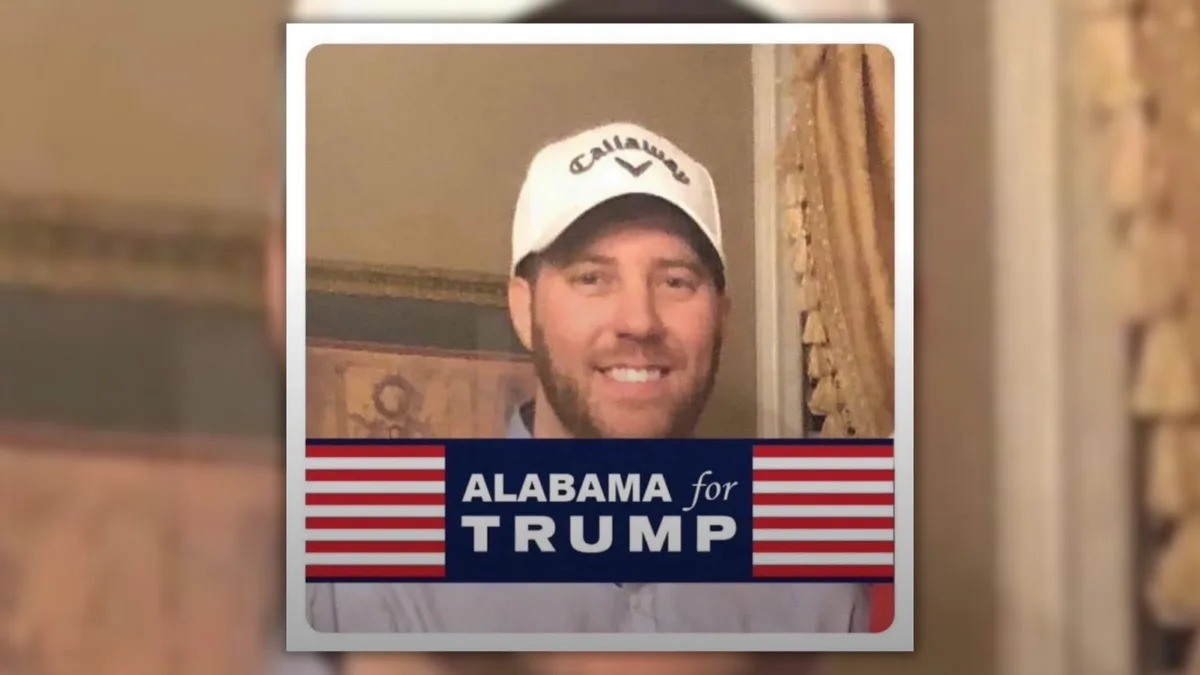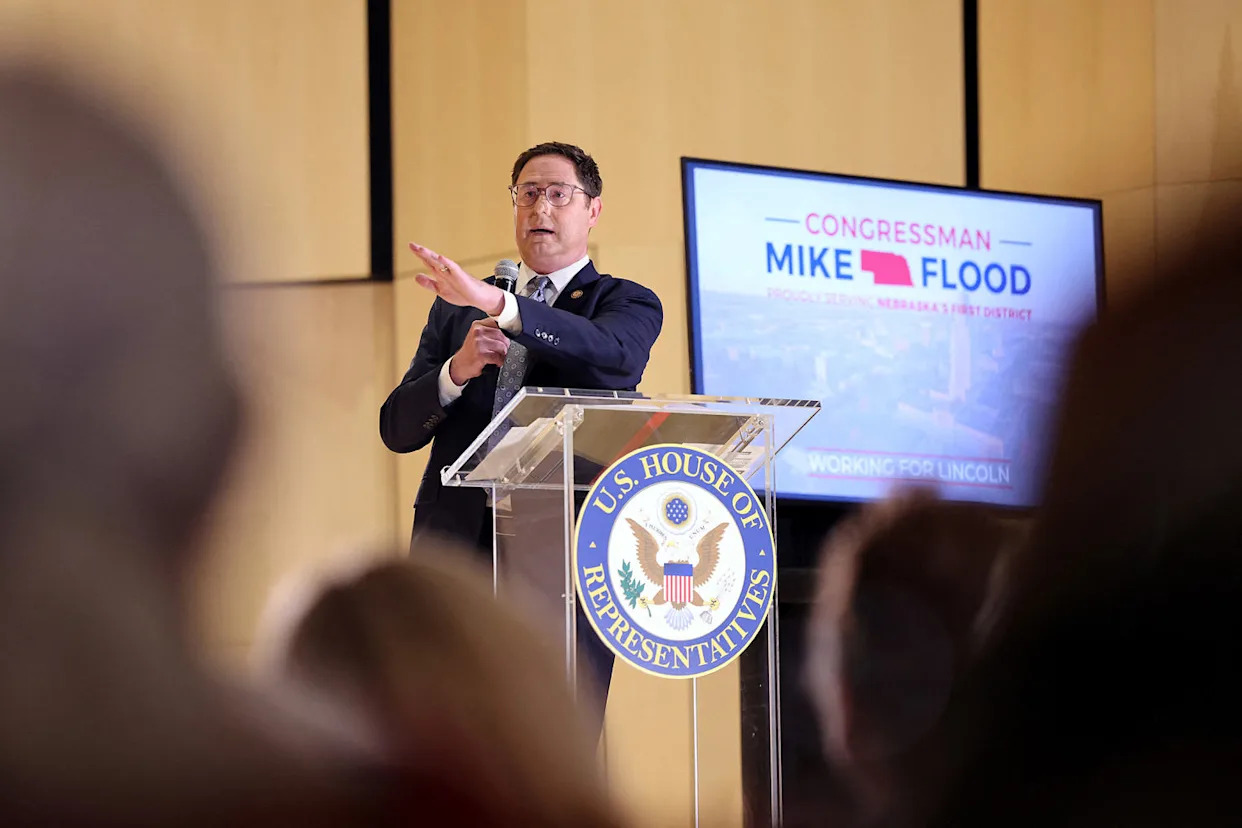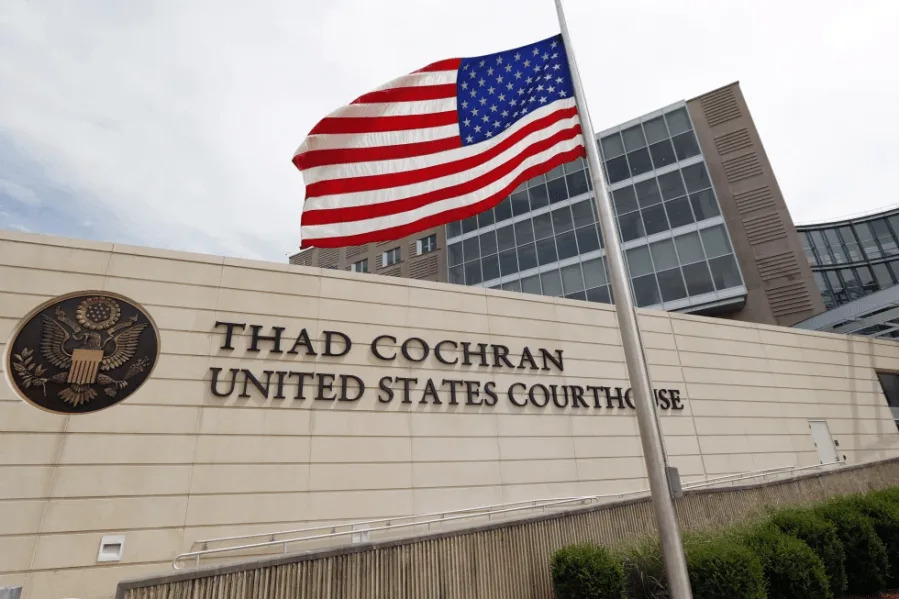The Atlantic Daily, a newsletter that guides you through the biggest stories of the day, helps you discover new ideas, and recommends the best in culture. Sign up for it here.
This is an edition of The Atlantic Daily, a newsletter that guides you through the biggest stories of the day, helps you discover new ideas, and recommends the best in culture. Sign up for it here.
One of Donald Trump’s tells is his talk of the “Russia hoax.” When that phrase passes his lips, it’s a sign that the president is agitated about something.
In the past two weeks, for example, as questions about the administration’s handling of files related to Jeffrey Epstein have dominated headlines, Trump has been talking often about “the Russia, Russia, Russia hoax, and many other hoaxes too,” as he put it in an interview with Newsmax on Friday. Tulsi Gabbard, the director of national intelligence, also released documents last week that her office said shed new light on this “Russia hoax.” Attorney General Pam Bondi has reportedly ordered a grand-jury investigation into claims that Obama-administration officials broke laws while investigating Russian interference in the 2016 presidential election.
The DNI’s office doesn’t explain exactly what the “Russia hoax” is, and for good reason. First, although the phrase has achieved talismanic status in Trump world, it has no set definition, because Trump keeps changing the meaning. Second, and more important, it’s not a hoax.
Here’s what is not in dispute: The United States intelligence community concluded that Russia sought to meddle in the 2016 election and, according to a GOP-led Senate investigation, wanted to help Trump. As Special Counsel Robert Mueller wrote in a report summarizing his findings, “The Russian government interfered in the 2016 presidential election in sweeping and systematic fashion.” Trump’s son Donald Trump Jr., his son-in-law Jared Kushner, and his campaign chair Paul Manafort met at Trump Tower in June 2016 with Russians who they believed would hand over “dirt” on Hillary Clinton. (Steve Bannon—Steve Bannon!—called the meeting “treasonous.”) A Trump 2016-campaign aide boasted to an Australian diplomat that Russia was trying to help the Trump campaign, and then lied about his Russian contacts to FBI agents. Trump publicly called on Russia to hack Clinton’s emails in July 2016—jokingly, he has since said—and Russian agents attempted to do so that very day, according to the Justice Department. Hackers who the U.S. government believes were connected to Russia obtained emails from a number of Democratic Party officials and leaked them publicly, and Trump pal Roger Stone was apparently forewarned about some. Major tech companies, including Facebook and Twitter (now X), also confirmed that they had detected dubious Russian activity.
In spite of all of this evidence, or perhaps because of it, Trump has loudly insisted that it’s all a hoax. He’s used the phrase off and on since spring 2017, though he’s changed what he means. For a time, he made the claim—without evidence then, and without any since—that the federal government under Barack Obama had wiretapped or improperly surveilled him. At other times, he has claimed that the whole thing is a “witch hunt.” Often, he generically used the term hoax to refer to any allegations about Russian involvement in the 2016 election. He even sued the Pulitzer Prize Board over a statement honoring reporting on connections between the Trump campaign and Russia. (The case is ongoing.)
His attempts to instill doubt have been assisted by the fact that some of the wilder rumors and reports concerning his campaign didn’t turn out to be true. Carter Page, a Trump campaign adviser, was a bit of an eccentric character but not a traitor, as some suggested, much less the key to unraveling any grand conspiracy. Trump was probably not communicating with a Russian bank via a mysterious server. He was almost certainly not a longtime Russian-intelligence asset. The so-called Steele dossier was full of falsehoods. I argued at the time that BuzzFeed’s decision to publish it was a grievous error, and it warped conversation about the Trump campaign’s ties to Russia.
Mueller’s highly anticipated investigation also landed with a big thud. First, expectations for his report had been inflated by an overeager circle of Trump critics who had expected shocking new revelations; the revelations were indeed shocking, but by the time Mueller published them, most had already filtered out in press accounts. Second, debate over Trump’s ties to Russia had focused on “collusion,” which is not a specific crime. This produced a semantic sideshow argument in which Trump insisted that he couldn’t have colluded, because he wasn’t charged with it. Third, Attorney General Bill Barr misrepresented Mueller’s findings. Fourth, Mueller did not recommend charges against Trump, thanks to Justice Department guidance against charging a sitting president, which meant that although the special counsel produced an unmistakable implicit accusation, Trump claimed vindication.
Trump’s use of pardons may have induced some of his confederates—including Stone and Manafort—to not cooperate with prosecutors, or to only partly cooperate, thus depriving the public of a chance at receiving a full accounting. This was a kind of legalized obstruction of justice.
Plenty of authorities have pointed out that Trump’s claim of a hoax is nonsense. In 2017, PolitiFact named that its lie of the year. In 2018, The Washington Post reported: “Trump’s Russia ‘Hoax’ Turns Out to Be Real.” In 2019, a report by the Justice Department’s inspector general concluded that, as my colleague Adam Serwer put it, “the ‘Russia hoax’ defense is itself a hoax, and a highly successful one, aimed at reassuring Trump supporters who might otherwise be troubled by the president’s behavior.” Still, the idea that the whole thing was a chimera has taken hold even within some precincts of the mainstream press, where the whole thing is treated as a weird passing obsession. The journalist Ben Smith, who made the decision to publish the Steele dossier, now contends, vaguely and in passive voice, that “Trump was in retrospect treated unfairly.”
Meanwhile, Trump world continues to cook up new iterations of the hoax claim. The most recent ones are driven by CIA Director John Ratcliffe, who has a history of weaponizing intelligence, to use a term he’s a fan of, and Gabbard, who has for years repeated Kremlin talking points. Last month, Ratcliffe alleged that in 2016, three of the nation’s top intelligence officials “manipulated intelligence and silenced career professionals—all to get Trump,” but as my colleague Shane Harris reported, he didn’t have evidence to back that up. Gabbard has released a dribble of documents intended to bolster it, but still nothing that matches the claims.
In recent days, MAGA allies have pushed a new and shocking allegation: that emails show Clinton actually approved a plan to smear Trump by claiming he was colluding with Russia. The problem is that, once again, investigations have debunked it. A special counsel appointed by Barr during Trump’s first term, with the goal of ferreting out political skulduggery in the Russia investigation, found that messages about Clinton being treated as a smoking gun were, in fact, likely concocted by the Russians. As The New York Times reported, “The special counsel, John H. Durham, went to great lengths to try to prove that several of the emails were real, only to ultimately conclude otherwise.”
Durham’s finding of a Russian forgery is ironic: Someone has finally turned up a real Russia hoax. Rather than working to fight it, however, Trump’s aides are once more colluding with Russia to mislead the American people and further Trump’s political fortunes.
Related:
The Russia hoax is still not a hoax. (From 2024)
Here are three new stories from The Atlantic:
Today’s News
House Republicans issued subpoenas to the Justice Department and high-profile figures such as the Clintons, former FBI Director Robert Mueller, and several former top Justice Department officials over Jeffrey Epstein–related files and testimony.
President Donald Trump said Texas Republicans are “entitled” to five more seats in the House as the state GOP pushes a redistricting plan that favors Republicans.
The Trump administration is considering releasing the transcript of Ghislaine Maxwell’s recent interview with the Department of Justice, according to senior officials.
Evening Read
What’s Really Behind the Cult of Labubu
By Valerie Trapp
A furry fiend with rabbit ears and a maniacal grin has recently been spotted twerking next to the singer Lizzo, baring its teeth on the former soccer star David Beckham’s Instagram, and flopping against a woman’s Chanel bag while wearing its own Tic Tac–size Chanel bag. The creature in question is Labubu—a soft-bellied plushie that the Chinese company Pop Mart began distributing in 2019, and that has, in the past year, gained hordes of admirers. In 2024, Pop Mart reported a more than 700 percent increase in the stuffie’s sales. People have been doling out anywhere from about $30 to $150,000 a toy. At Brooklyn raves, adults hop around under neon lights with Labubus clipped to their belt loops. The devotion, at times, has turned almost ferocious.
More From The Atlantic
Culture Break

Explore. These photos celebrate the 13th anniversary of NASA’s Curiosity rover landing on the surface of Mars.
Read. Hillary Kelly examines how Virginia Woolf captured the challenges and triumphs of middle age through her writing.
Rafaela Jinich contributed to this newsletter.
When you buy a book using a link in this newsletter, we receive a commission. Thank you for supporting The Atlantic.








Comments